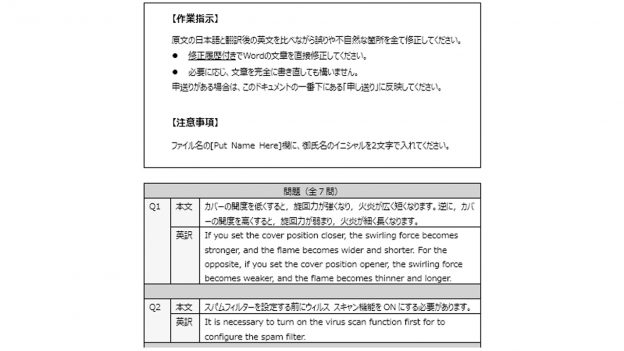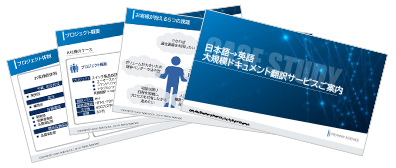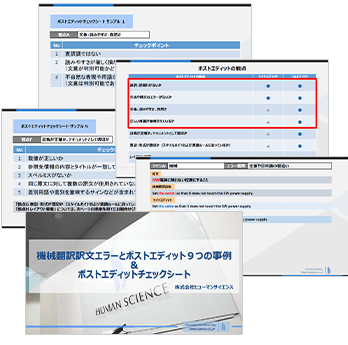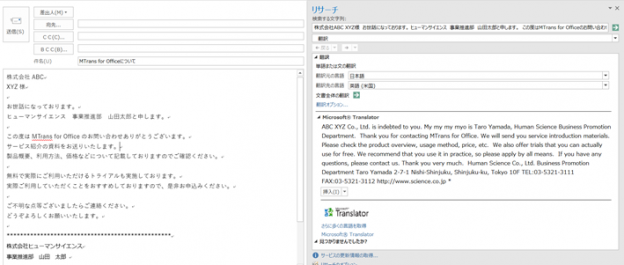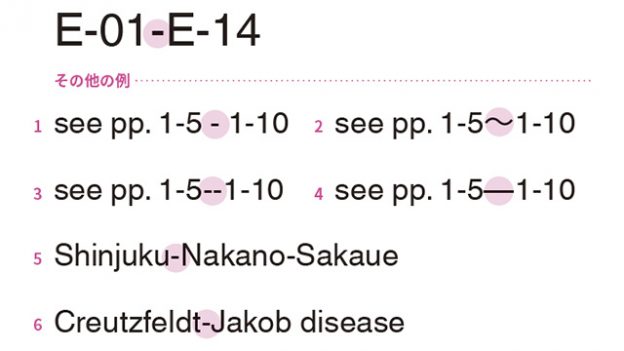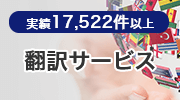At Human Science, we are committed to developing external post-editors.
In this article, we will introduce the training and quality control of Japanese-English translation post-editors at our company.
Post-editing training is divided into four stages as follows:
Table of Contents
2. Reviewer Training (Trial Tasks & Newsletter)
1. Review Trial
To work as a post-editor at Human Science, you must pass a review trial. In the trial, we will check your skills based on the ability to correct errors and unnatural parts while comparing the original Japanese text with the translated English text.
Due to the high difficulty level of the trial, the pass rate is less than 10% (lower than the 15% pass rate for translator trials). One of the main reasons for not passing is "excessive corrections that are not necessarily wrong as translations, but are based on personal preferences."
One important element to becoming a reviewer is to avoid excessive revisions based on personal preferences. It is important to focus on correcting any mistakes rather than making revisions based on personal preferences, as the way things are expressed in English can vary from person to person. Therefore, respecting these differences is a crucial aspect of the reviewing process and will be highly valued in the reviewer trial evaluation.
In both manual translation review work and when handling post-edit light edits, the ability to control excessive corrections is a very important factor.
And regardless of whether they pass or fail, all those who take this trial will receive feedback.
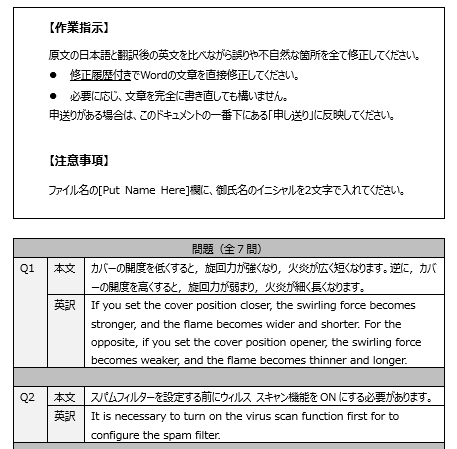
Trial Feedback
2. Reviewer Training (Trial Tasks & Newsletter)
Those who pass the reviewer trial will receive our unique reviewer training. Basically, over a period of 6 months, you will complete one review assignment each month (we may also request actual work during this period).
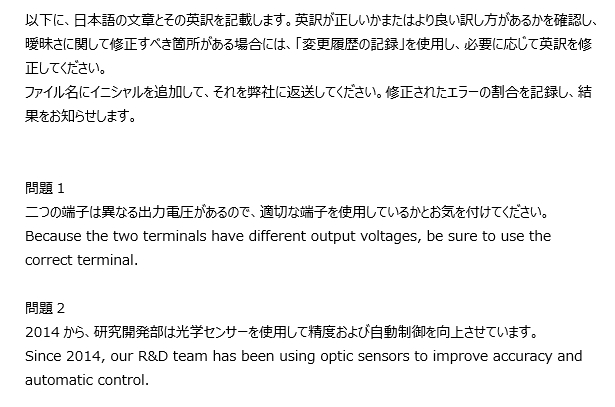
Reviewer Training
Post-editing candidates will receive our review newsletter from our company 1-2 times a month. The newsletter includes fundamental attitudes and knowledge necessary to become a Japanese-English translation reviewer, important rules in technical writing, common mistakes made by translators, and examples from past reviews.
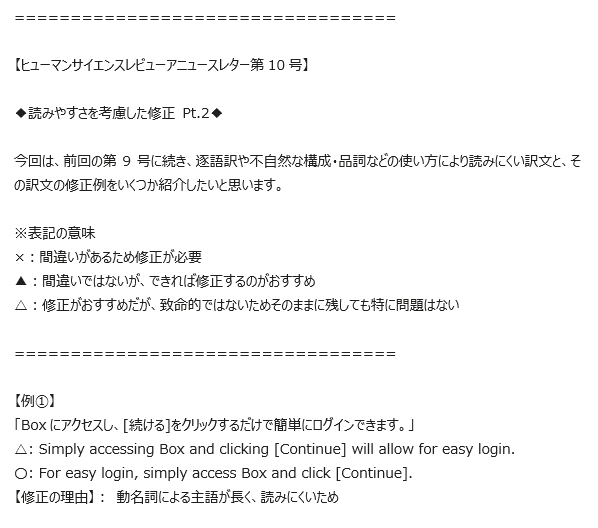
Reviewer Newsletter
After the end of this 6-month training period, based on the results of the training, the internal review team will consider and officially determine the successful candidates. Those who are still deemed to not meet the passing line set by our company will continue to receive training.
3. Post-edit Training (Trial Tasks and Case Studies)
Our post-editors are selected from those who have passed the above reviewer trial and reviewer training.
Selected individuals will complete a total of four post-editing tasks and receive evaluations and feedback from internal reviewers. The tasks will involve post-editing English translations of approximately 1,000 Japanese characters. Depending on the post-editing checklist provided, they will either perform light editing or full editing.
Human Science's internal reviewers will evaluate and provide feedback based on whether the individual has performed the post-editing according to the post-editing checklist.
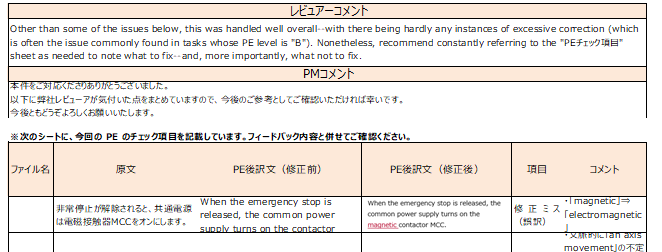
Trial Feedback
At the same time, once a month, we will select some cases from actual projects where post-editing was performed in the past and send them to the target audience for reference. The cases are divided into light editing and full editing, and the main purpose is to understand how post-editing changes depending on these two levels.

Post-edit Case Studies
Once all training is completed, it will finally be time to request post-editing work for the actual production.
4. Screening and Spot Check for Actual Post-Editing Work
Once you have reached this point, you will finally be assigned as an official post-editor for the project. Initially, an internal reviewer will review all post-editing work before delivering it to the client. If necessary, corrections will be made and the post-editor will be given feedback on the areas that were corrected at a later date.
After experiencing multiple projects and achieving a certain level of stability in quality, the next step will be for an internal reviewer to conduct spot checks and QA checks on the submitted work.
Post-edit evaluation and feedback details are recorded in our database and will be used for future post-editor selection.

Feedback
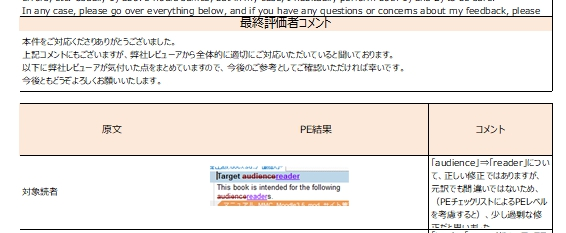
Feedback

Post-edit Evaluation Database
Summary
Behind all the processes introduced this time, there is a "feedback culture" that our company values. We place emphasis on providing regular feedback to individuals with skills and growth mindset, and providing opportunities for further growth and wide-ranging activities.
Author Information

-
Andy ParkMultilingual Translation Group
Japanese-English Translation Reviewer- ・In my previous job, I worked as an IT engineer for about 4 years, and then I worked as an English conversation instructor for 8 years, where I was involved in developing educational programs and training instructors.
- ・Translation experience of 11 years, specializing in IT and business fields.
- ・Currently engaged in translation work and translation quality management, primarily focusing on FA-related products such as product manuals, help documents, and operation manuals.
- - Responsible for evaluating and verifying the translation quality of machine translation engines.

